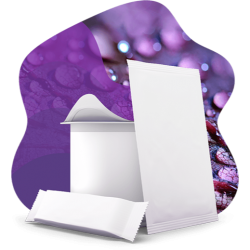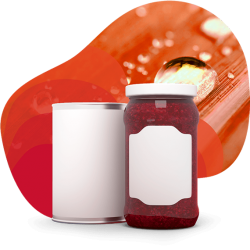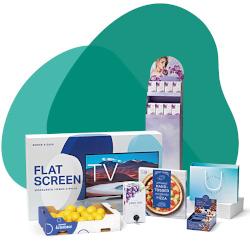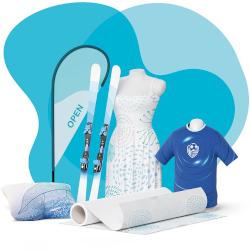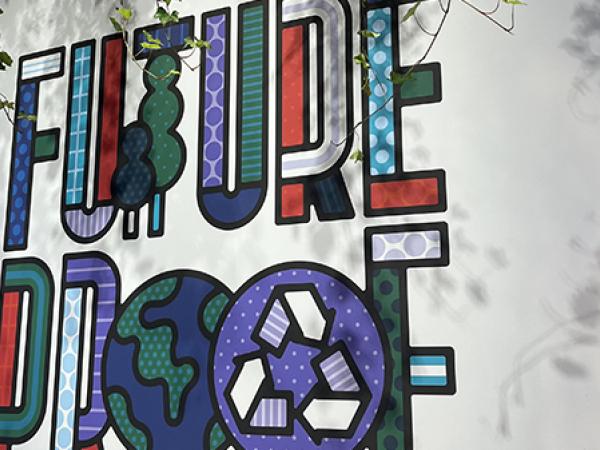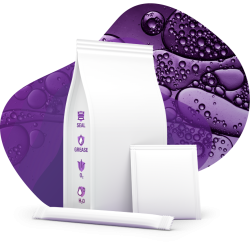
Sol BCK helps reduce carbon footprint by more than 50 per cent
Another step towards sustainability: Sappi Europe introduces new release liner for visual communication applications as an alternative to PCK paper
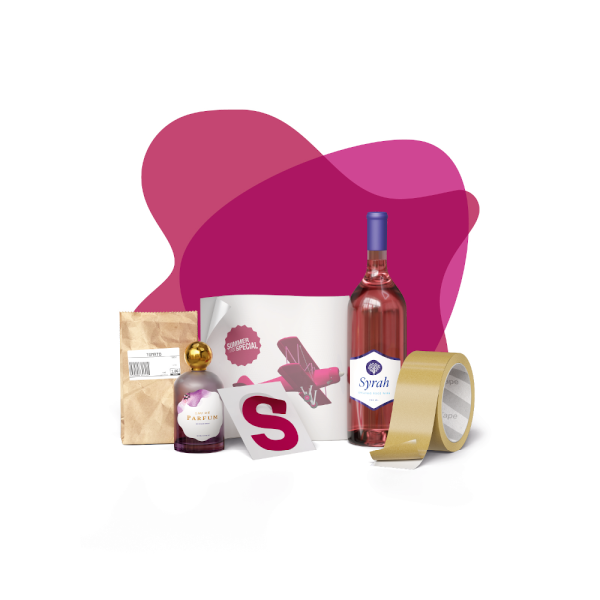
Sappi Europe, one of the world’s leading manufacturers of packaging and speciality papers, has not only adopted many environmental protection measures itself, but it also aims to support its customers in achieving their own sustainability goals. With Sol BCK Sappi present its new release liner for visual communication and industrial applications as well as for adhesive tape products. Produced in Alfeld (Germany), the release liner promises a greatly improved carbon footprint by eliminating plastic coating, better recyclability by saving plastic material and significant cost savings – compared with the commonly used PCK-based (Polyethylene Coated Kraft) release liner.
- Sol BCK offers advantages over PCK by reducing the CO2 footprint by more than 50 per cent compared to PCK
- By avoiding the use of plastic PE, Sol BCK boasts significantly better recyclability compared to PCK
- A special coating layer improves the flatness of the self-adhesive laminate and simplifies processing, e.g. under challenging climatic conditions
- Outstanding results in further processing as well
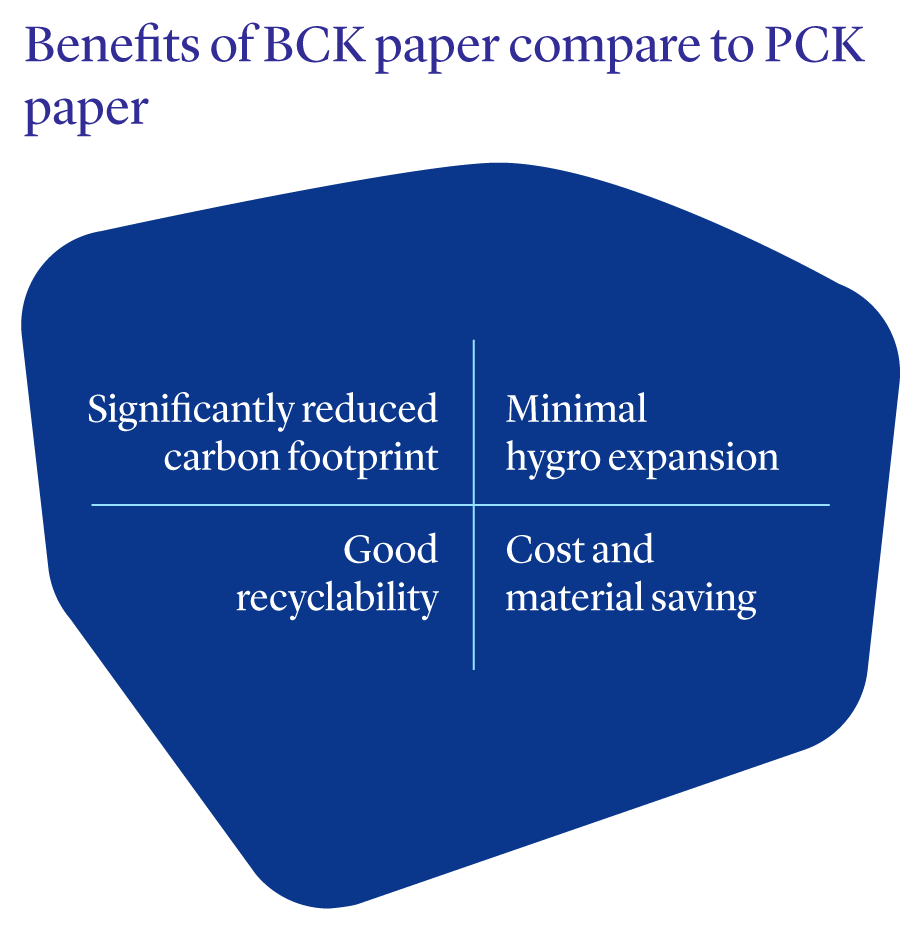
Gunnar Sieber, Head of Sales CCK Papers at Sappi Europe, explains:

“We developed the new BCK liner with a clear focus on the American market. PCK papers currently dominate there as a backing material for visual communication adhesive applications, such as indoor and outdoor advertising, vehicle wrapping, traffic signs, safety markings, shelf labelling as well as architectural and construction signs. The Sol BCK can also be used as a backing for industrial applications and for adhesive tape production.”
With PCK papers, a plastic polyethylene (PE) coating on the reverse side protects against moisture – an important feature in tropical or subtropical climates.
On the one hand, applying PE is very material-intensive and costly, and on the other, the use of plastic is detrimental to the later recycling of PCK papers. With BCK paper, we aim to provide users with an alternative that not only boasts great processing properties, but also excels in terms of recyclability and carbon footprint.
Sol BCK paper with special surface coating improves the flatness of the self-adhesive bond
The new Sol BCK release liner features a clay coating that ensures a smooth surface. This makes it ideal for siliconization and later ensures easy separation between the release liner and the respective adhesive application. Furthermore, Sappi developed a functional coating that enables the polyethylene previously used for PCK papers to be dispensed with, while still minimising moisture penetration.
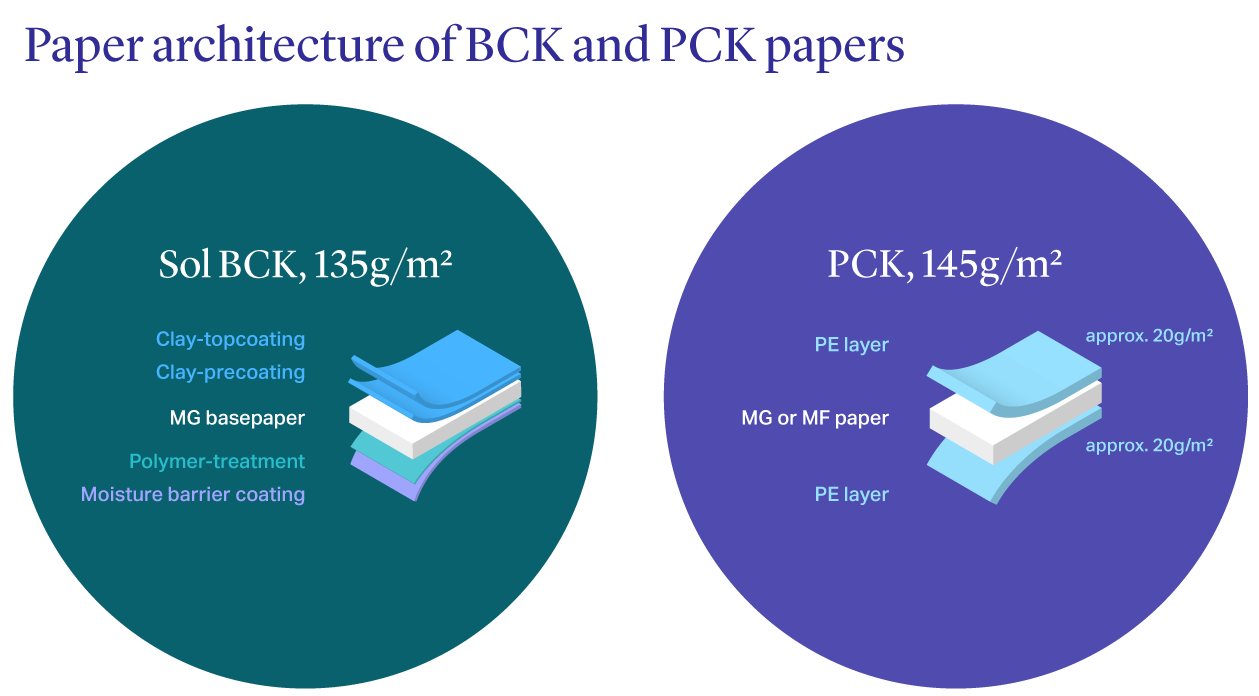
The innovative layer on the reverse side developed by Sappi is not a barrier in the classical sense, but rather a type of control option with which we can manage the effects of moisture. High humidity is a factor that causes the greatest challenges for paper-based release liners of visual communication applications.
Significantly reduced carbon footprint compared with PCK papers
As internal tests demonstrate, the applied functional coating on the new Sol BCK paper is significantly more environmentally friendly because the new releae liner type does not have a polyethylene layer. Sappi calculated the CO2 consumption of both backing papers using a standard data model. The results are impressive: The production of Sol BCK saves up to 57 per cent of CO2 emissions compared to PCK. And costs can be further reduced thanks to material savings in grammage and a significant reduction in polymer content.
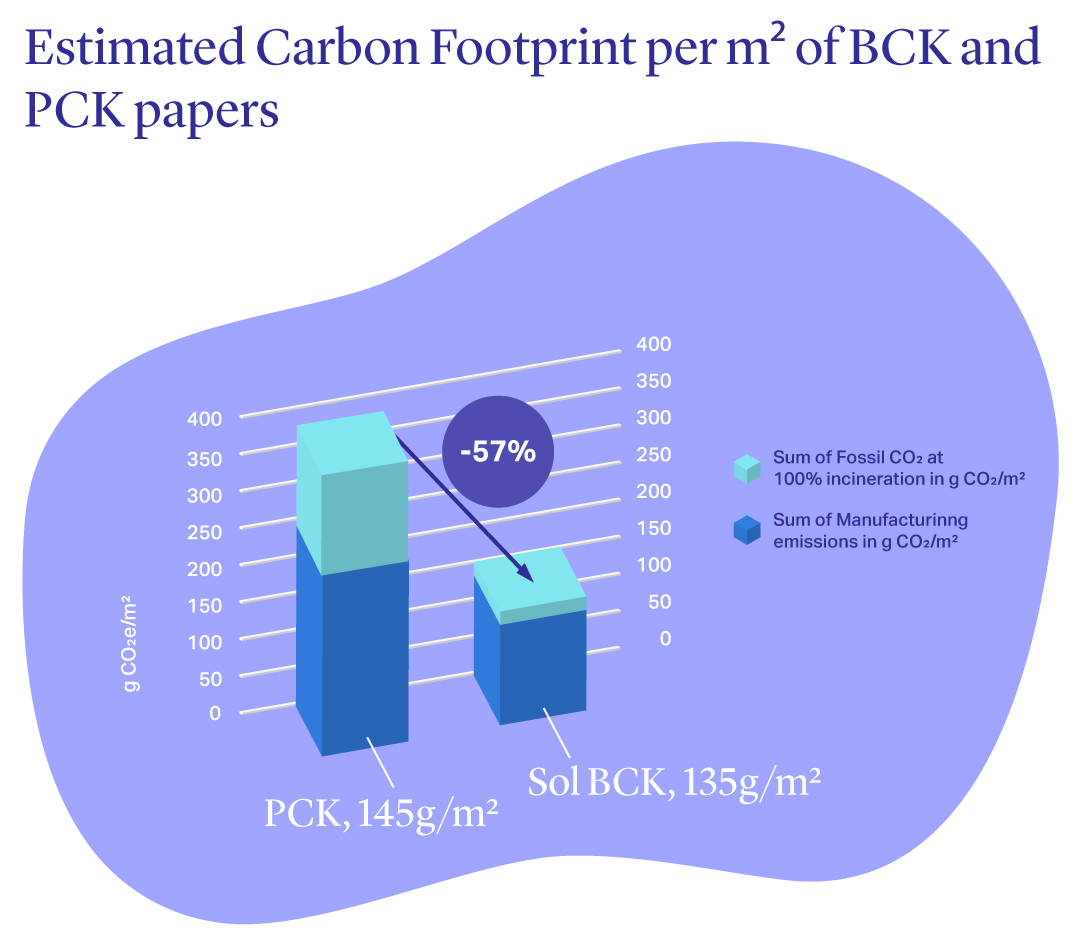
Sol BCK delivers convincing results in processing
The properties of the new release liner, especially in terms of further processing, were also convincing: For example, the new BCK not only demonstrates good dimensional stability and flatness, but also as much bond strength as a common PCK paper. Especially in terms of heat resistance in the siliconization process – for example, standard silicones can be cured at temperatures up to 160°C – and surface strength during plotting, where the BCK has a clear advantage over the PCK. The use of PCK is only recommended for processing when there is a need for high dimensional stability and therefore good flatness of the self-adhesive laminate under climatically demanding conditions with high humidity for instance.
In spite of all the advantages of the new product, Sappi is keen to point out that the new Sol BCK paper is not intended to replace PCK on a 1:1 basis.
Wolfgang Hoffmann, Senior Application Expert Self-Adhesive & Flexible Packaging Solutions at Sappi Europe, highlights:

“With our new Sol BCK release liner, we are offering a viable and more environmentally friendly alternative. Many companies we work with report that, as part of their sustainability goals, they are also taking a closer look at their suppliers and their products. We aim to make a contribution here as well – by helping our customers avoid “over-engineering”, i.e. using a product that has more or better features than are actually needed for its processing. Specifically, it doesn’t always have to be PCK paper. In many instances, a Sol BCK paper is sufficient to achieve great results.”
